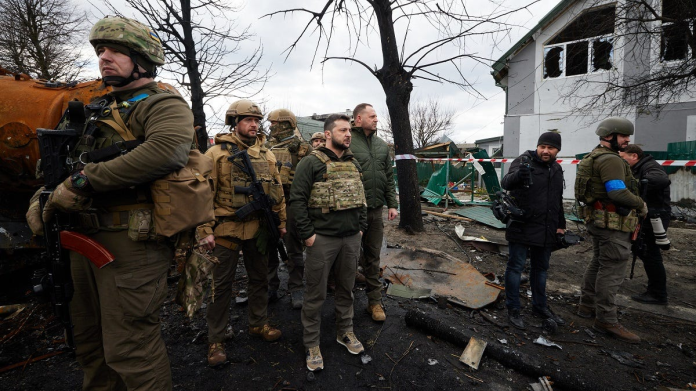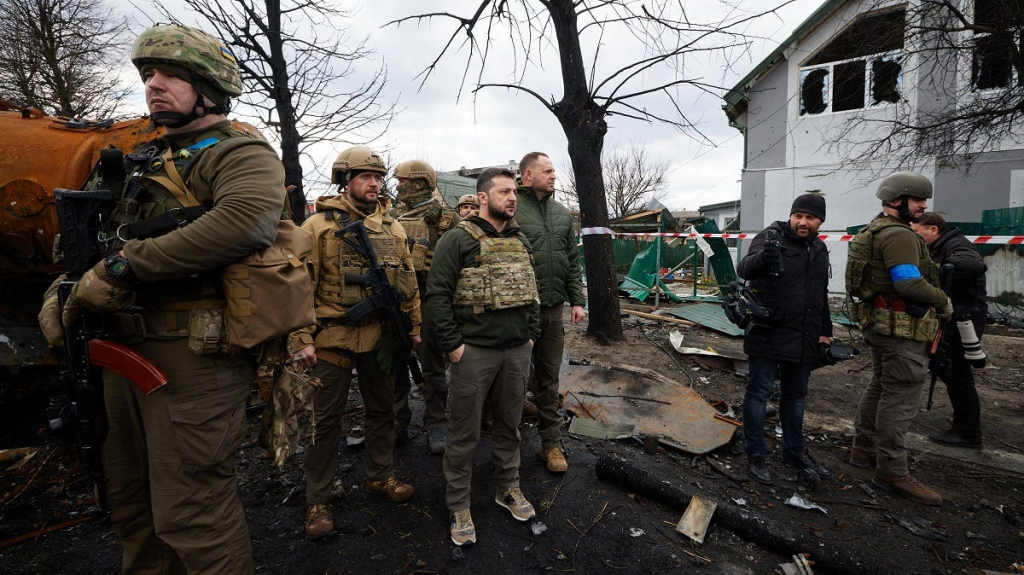
The dramatic increase in Russian air and artillery strikes in southern Ukraine has put the new technology and tactics of Moscow’s campaign under scrutiny. Last week alone, Ukrainian officials documented an unprecedented 528 Shahed/Geran one-way attack drones fired in the direction of frontline villages a 70 percent increase over the preceding period in addition to daily guided bomb strikes and stepped-up use of loitering weapons.
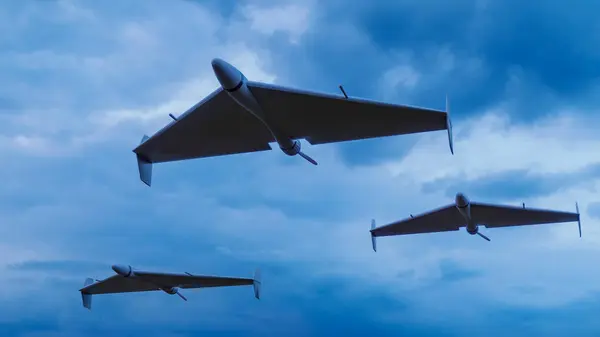
1. Shahed/Geran UAV Saturation Tactics
The Shahed-136, originally Iranian-made and now mass-manufactured in Russia, has become the pillar of Moscow’s attrition strategy. Being about seven feet in wingspan and able to carry around 100 pounds of explosives, these prop-driven drones fly at 120 mph, having earned the moniker “moped.” Their affordability $20,000–$50,000 per vehicle means Russia can send them in waves, frequently alternating with Gerbera and Parodiya decoys fitted with radar reflectors or electronic warfare payloads to jam Ukrainian defenses.
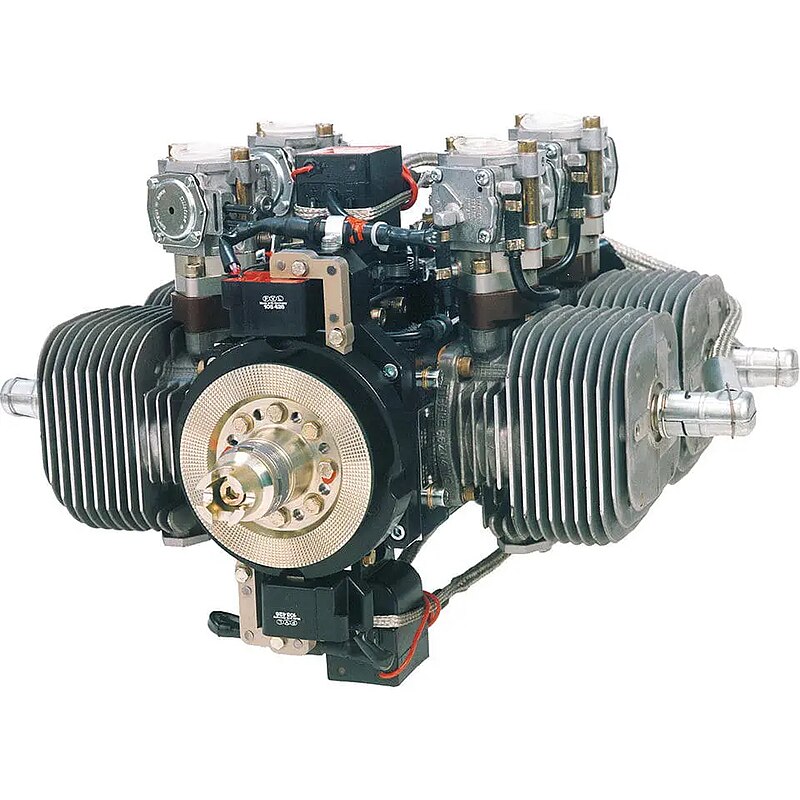
Since mid-2024, there have been weekly launches increasing from about 200 to more than 1,000, with Ukrainian defenders destroying only one in four or five of the drones. Alabuga Special Economic Zone doubled production capacity, adding facilities with anti-UAV cages following Ukrainian attacks, while another line in Izhevsk manufactures variants using Chinese-produced Limbach 550 engine copies.
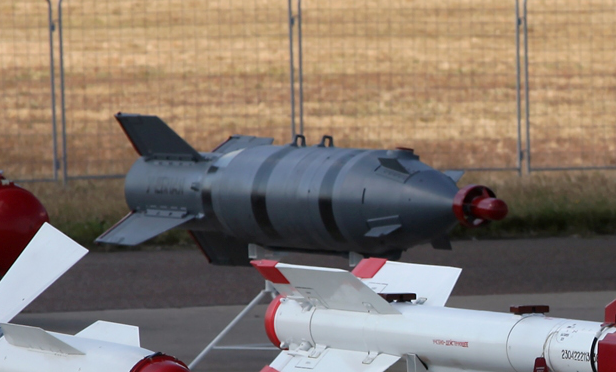
2. Guided Aerial Bombs: Precision and Persistence
Russia’s campaign of guided bombs has accelerated, with Kherson and Zaporizhzhia attacks growing 62 percent. Such weapons, usually KAB glide bombs, can be launched from aircraft beyond the range of most Ukrainian air defenses and then guide toward targets with satellite guidance. Zaporizhzhia recently suffered 15 guided bomb drops over 20 minutes, a magnitude previously unseen. Advances in Russian targeting systems enabled the bombs to penetrate further into urban areas, and Ukrainian authorities began looking at modular underground shelters for the civilian population.
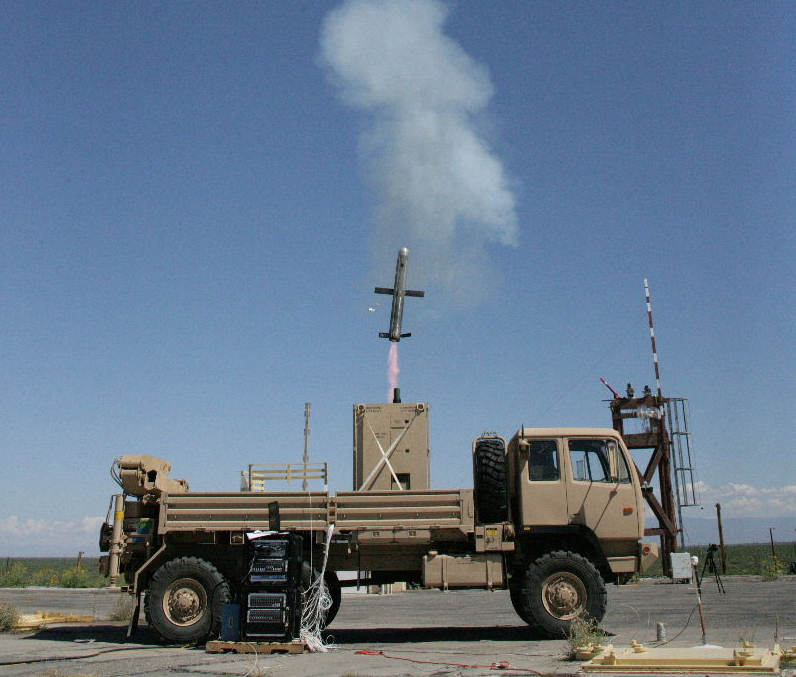
3. Loitering Munitions and Emerging Designs
Platforms such as Lancet, Molniya, and Privet-82 witnessed a 75 percent increase in deployment. The Lancet, which is made by ZALA, has a price of approximately $30,000 and has successfully targeted Ukrainian artillery and air defense systems. The plywood-made Privet-82, by St. Petersburg’s Oko Design Bureau, has a 20-pound warhead and employs a “dark mode” flight for evasion prior to operator control in the vicinity of the target. While primitive relative to Western loitering munitions, its $2,000 cost makes it appealing for large-scale use.
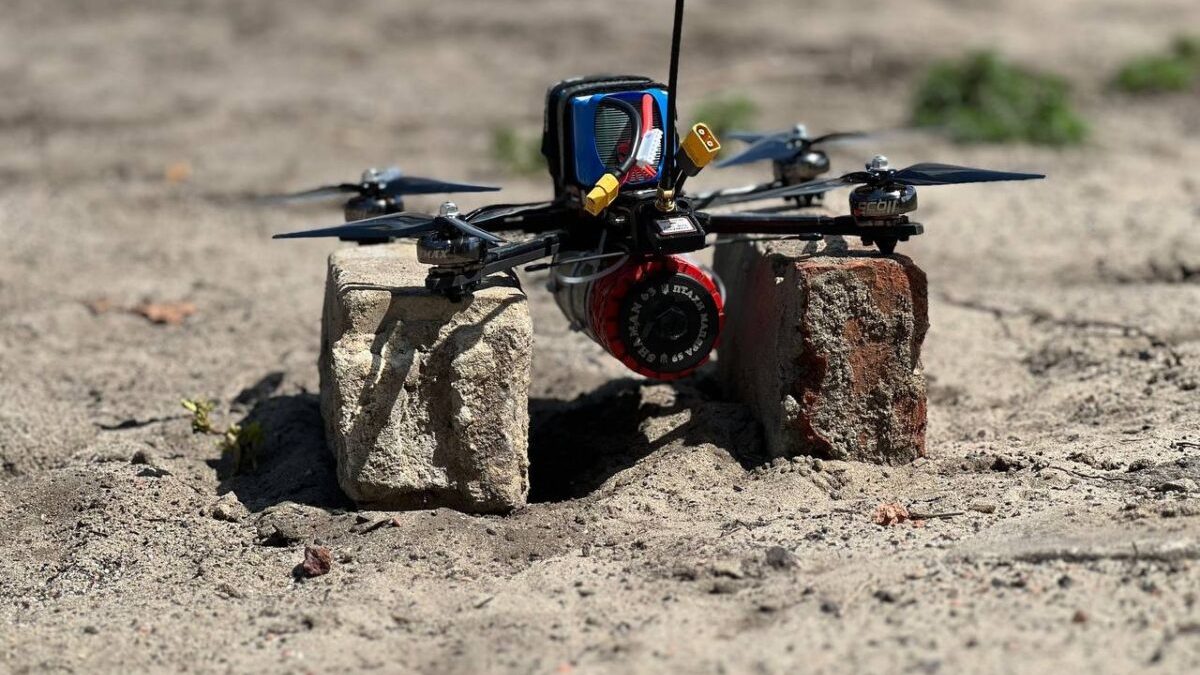
4. FPV Drone Proliferation and Drawbacks
First-person-view drones, up to 720 a day in southern Ukraine, have become ubiquitous for short-range attacks. Generally priced at $200–$1,000, they have minimal payloads and are operator-guided through VR goggles. Although they cause the majority of battlefield fatalities, Ukrainian unit operational data indicates that success rates fall to 20–30 percent when aborted missions caused by weather, technical failure, or jamming are included. Their analog radio links are subject to interference, and night-enabled variants are still rare.
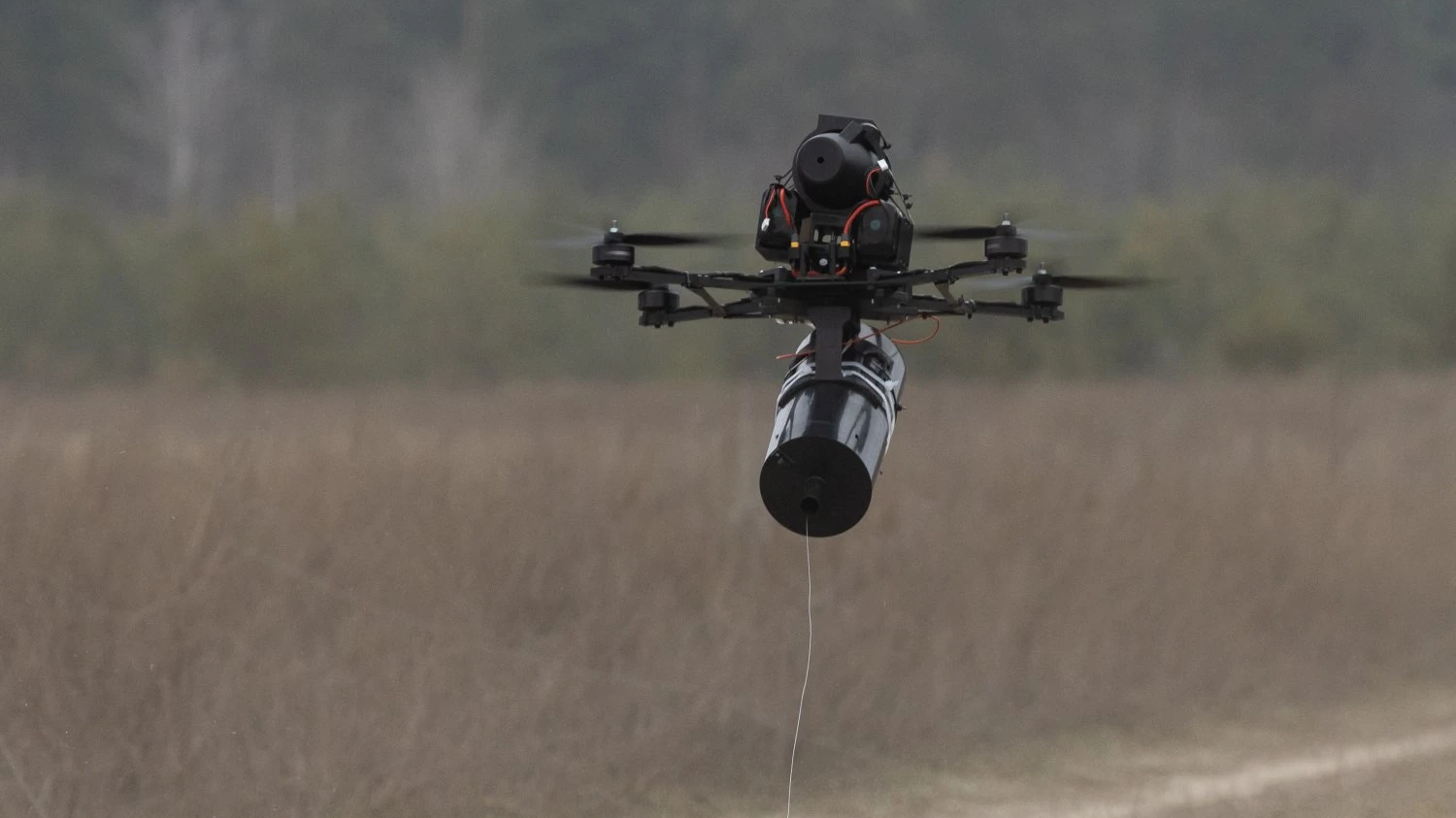
5. Fiber-Optic Control: Counter Electronic Warfare
To counter jamming, both have started operating fiber-optic drones connected to operators through ultra-thin cable. They are resistant to radio-frequency interference but more difficult to operate and costly roughly double the price of similar radio-controlled models. Russia benefits from fiber spools supplied by China, said to be outstripping Ukraine’s resources nine to one.
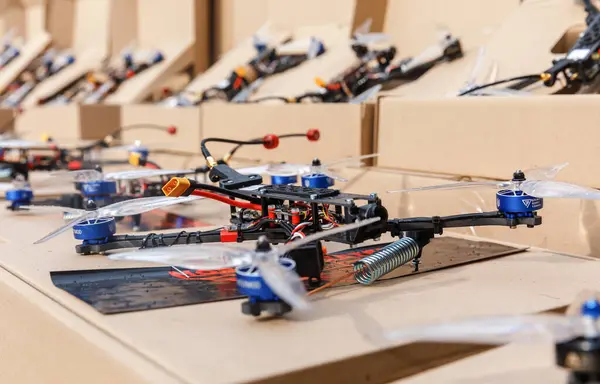
6. Ukrainian Countermeasures and Innovations
Ukraine’s multi-layered defense combines acoustic sensor networks such as “Sky Fortress” microphones, mobile groups of heavy machine guns, and helicopter intercepts. Interceptor drones like the Sting and Tytan, made in Germany, are being evaluated to destroy Shaheds in mid-air. Electronic warfare squadrons jam or spoof approaching drones, occasionally causing them to stray from course and land back in Russian territory. AI-powered FPVs now target and carry on missions independently if signal is lost.
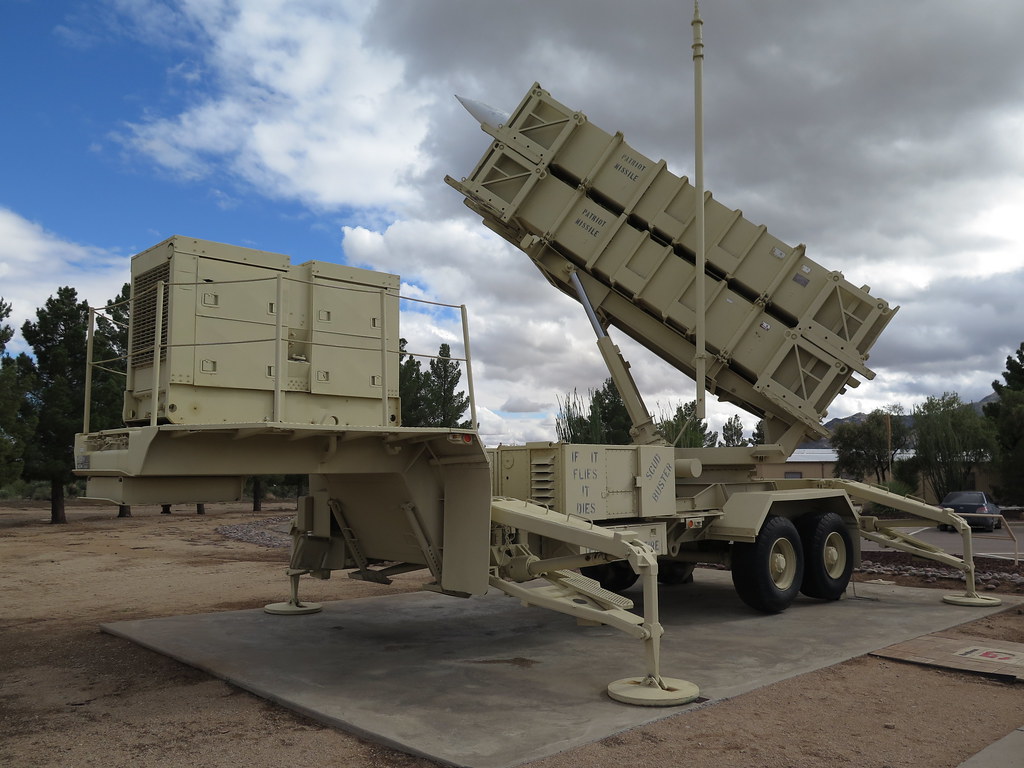
7. Strategic Implications for Air Defense
The increase in Russian fire missile attacks up 38 percent, artillery shoot up to 1,100 rounds per day emphasizes the pressure on Ukrainian air defenses. Advanced-interceptor technology such as Patriot missiles works but is unaffordable against large numbers of low-cost drones, with production ceilings of around 600 missiles per year. Defense experts caution that without new low-cost defeat technologies, including high-energy lasers or extended long-range strike campaigns into production facilities, the cost-exchange ratio will favor Russia even more.
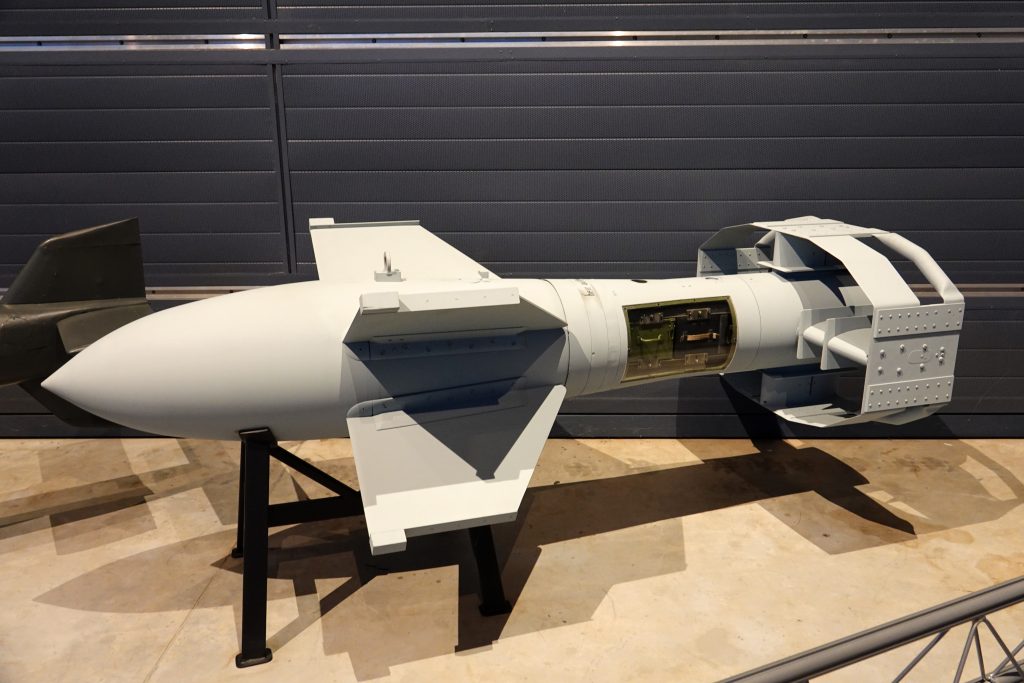
The southern front’s 25–30 shellings a day, hundreds of FPV and loitering munitions, and incessant guided bomb drops is a reflection of a battlefield revolutionized by low-cost, mass-produced aerial platforms. For Ukraine and her allies, adjustment to this order of unmanned combat is survival in the modern age.
